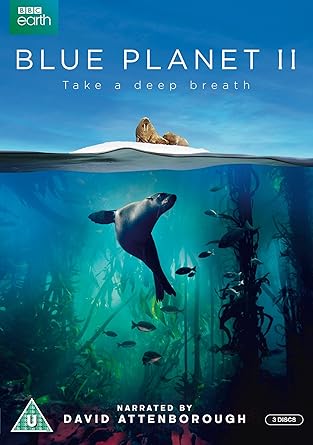Filters
Clear allSubject
- Careers (84) Apply Careers filter
- Climate Change (6) Apply Climate Change filter
- Computing (2) Apply Computing filter
- Creative arts and media (1) Apply Creative arts and media filter
- Cross curricular (11) Apply Cross curricular filter
- Design and technology (23) Apply Design and technology filter
- Engineering (11) Apply Engineering filter
- Food Preparation and Nutrition (6) Apply Food Preparation and Nutrition filter
- Mathematics (25) Apply Mathematics filter
- Psychology (8) Apply Psychology filter
- STEM Ambassadors (3) Apply STEM Ambassadors filter
Age range
Type
- Activity sheet (191) Apply Activity sheet filter
- Article (158) Apply Article filter
- Assessment (4) Apply Assessment filter
- Audio (52) Apply Audio filter
- Data set (4) Apply Data set filter
- Diagram (1) Apply Diagram filter
- Experiment (33) Apply Experiment filter
- Game (3) Apply Game filter
- Group work (12) Apply Group work filter
- Image (24) Apply Image filter
- Information sheet (105) Apply Information sheet filter
- Interactive resource (35) Apply Interactive resource filter
- Poster (14) Apply Poster filter
- Presentation (65) Apply Presentation filter
- Quiz (5) Apply Quiz filter
- Research (63) Apply Research filter
- Teacher guidance (281) Apply Teacher guidance filter
- Textbook (45) Apply Textbook filter
- Video (94) Apply Video filter
- (-) Remove Include Physical Resources filter Include Physical Resources
Showing 977 results
From the National Non-Food Crops Centre (NNFCC), these two podcasts explore a range of applications and issues in the biorenewables sector. They are primarily aimed at a commercial audience but may be of use to teachers who want to gain a better understanding of plant-derived materials or, when used in part, as...
This poster illustrates how biotechnology is used to develop new medicines, grow new tissues and organs, and genetic testing.
A cluster of practical activities for students to explore biotechnology involving viability of yeast, fruit juice production, milk products, fungal inhibition and microbial growth curves.
This Catalyst article looks at orchids, their breeding, and why they have great commercial value. The family of Orchidaceae is one of the largest plant families, with about 900 genera and 25,000 species. Orchids are amongst the oldest flowering plants. After a long evolution, they have developed a very intimate...
This Catalyst article explains how chemists build molecular 'traps' to mimic the surface of a cell. To scientists, sugar is much more than a food; sugar molecules can also form polymers which act as ‘molecular bar codes’ to help cells recognise each other. The article describes how chemists made a synthetic...
Our understanding of ocean life has changed dramatically in the last decade, with new species, new behaviors, and new habitats being discovered at a rapid rate. ...
Botanicum is a stunningly curated guide to plant life. With artwork from Katie Scott of Animalium fame, Botanicum gives readers the experience of a fascinating exhibition from the pages of a...
A podcast from the Planet Earth Online collection and the Natural Environment Research Council (NERC). Richard Hollingham finds out that bowerbirds are not just brilliant at making elaborate bowers, they are also good at mimicking other birds and most other sounds they hear, including human voices.
He also...
The brain is one of our most fascinating organs. Developments in technology and medicine mean that doctors and scientists can examine our brains in more ways and more detail than ever before, all without having to open up the body. In these articles, we find out more about how imaging research has changed the way...
This unplugged activity from Peter McOwan and Paul Curzon mingles computer science with biology. A group activity is used that mimics the firing of neurons within the brain. These trigger other neurons to fire – these can be compared to AND gates in logic circuits.
The ‘brain in a bag’ kits used in the...
In this module students will study barnacle morphology, life histories and life styles as Darwin did. He based his classification and search for a common ancestor upon his studies. Recent work using genetic and molecular evidence and scanning electron microscopy shows how some of the key difficulties in drawing the...
The British Beauty Council, STEM Learning and Careers and Enterprise have collaborated to develop a series of four videos showcasing a range of careers across the beauty and STEM sector. The films highlight opportunities in cosmetic science, fragrance, sustainability and technology and feature influential voices...
The British Biology Olympiad (BBO) is open to students around the world.The BBO challenges and stimulates students with an interest in biology to expand and extend their talents. In offering a wider syllabus than A level, it allows students to demonstrate their knowledge and to be suitably rewarded and publicly...

